ISBN 978-93-81576-06-9
Abhijit Basu, 2012
| Cover Design | Mishta Roy |
| Layouts | Ajay Shah, Mumbai |
| Printing | Repro India Ltd |
Published in India 2012 by
CELESTIAL BOOKS
An imprint of
LEADSTART PUBLISHING PVT LTD
Trade Centre, Level 1, Bandra Kurla Complex
Bandra (E), Mumbai 400 051, INDIA
T + 91 22 40700804 F +91 22 40700800
E info@leadstartcorp.com W www.leadstartcorp.com
US Office
Axis Corp, 7845 E Oakbrook Circle, Madison, WI 53717, USA
All rights reserved worldwide
No part of this publication may be reproduced, stored in or introduced into a retrieval system, or transmitted, in any form, or by any means (electronic, mechanical, photocopying, recording or otherwise), without the prior permission of the Publisher. Any person who commits an unauthorised act in relation to this publication can be liable to criminal prosecution and civil claims for damages.
Disclaimer The views expressed in this book are those of the Author and do not pertain to be those held by the Publisher.

To my parents,
The Late Chandi Charan Basu & Kamala Basu
Blessed disciples of Sri Sri Thakur Sitaramdas Omkarnath, and my lifes exemplars, my late fathers treasure of Sanskrit and Bengali classics and commentaries having also been an important source for these studies;
&
Bhagwan Govind Joshi
My encyclopedic mentor, discussions with whom have helped me in bridging many a gap in my own knowledge and hopefully achieving some balance in presentation.
ABOUT THE AUTHOR
ABHIJIT BASU (b.1950), is a post-graduate in Chemistry from Calcutta University. After a long career in the Civil Service, Government of India, he retired as financial administrator in 2010. Apart from his interest in science, Basu has been a life-long follower of the liberal arts, an ardent reader and an occasional writer. Now with time on hand, Basu has taken up his pen to write on fields close to his heart Sanskrit literature and philosophy, English and Bengali literature, the sciences, history a catholic range of subjects. His other interests include recitations, vocal music and dramatics.
Basu hails from an old Kolkata-based family of civil servants, professionals and academics. He considers himself blessed in having exemplars as parents. His late father, a well-regarded civil servant, was also an English and Sanskrit scholar. Basu now divides his time between Kolkata and Delhi. Abhijit Basu can be reached at: a_basu5@yahoo.com.

CONTENTS
It is already becoming clearer that a chapter which has a Western beginning will have to have an Indian ending if it is not to end in the self-destruction of the human race. At this supremely dangerous moment in history the only way of salvation for mankind is the Indian way.
One World and India ~ Arnold Toynbee
THE ORIGINAL DISSENTER
THE LEGEND OF VISHWAMITRA, as told in Valmiki-Ramayana , is perhaps among the most telling examples of what can be achieved by man solely through individual resolve and effort. The pre-eminent position held by this venerated sage, one of the exalted Saptarshis or septet of Hrishis (the others, as listed in the Sama-Veda, Jaiminya Brahmana , 2.218-221, are: Vashishtha, Bharadvaaja, Jamadagni, Gautama, Atri and Agastya) is underscored by the fact that he is recognized as the Drashta-Hrishi , the seer, of the greater part of Mandala 3 of the Rig-Veda (including the all-important Gayatri Mantra RV; 3.62.10).
The Aadi-Kanda of the Ramayana recounts the complete story of how this self-made Hrishi elevated himself, through iron will and severe austerities, to the rarefied class of Brahmarshi (a sage who has realised Brahman or the Absolute). A missing link the episode relating to the birth of Shakuntala is supplied in the Aadi-Parva of the Mahabharata. An important segment relating to the deliverance of Shunahshepa, is more authentically covered in Aitareya Brahmana of the Rig-Veda.
Vishvamitras story also appears in the Puranas, the Vishnu-Purana in particular, providing an interesting sidelight on his birth (which we will come to later).
Vishvamitras importance in the Valmiki-Ramayana can be judged from the fact that the sage is associated with as many as 56 cantos (18-74) and 1500 shlokas of the pristine epic. Of these, the initial 33 cantos cover Vishvamitras role as the preceptor of Rama and Lakshmana, when he imparts to the young princes, the knowledge of celestial weaponry; trains them in the methods of auto-empowerment ( Bala and Ati-bala Vidya); other subtle practices; and guides them in slaying or subduing mighty demons, including Taadakaa and Maaricha. The final nine cantos are devoted to the crucial role played by the sage in taking Rama and Lakshmana to Janaka, the king of Mithila, and overseeing Ramas feat of wielding and breaking Shivas bow, thereby emerging as the successful contestant in Sitas swayamvara an episode of central significance in the epic drama of the Ramayana. In-between these phases, Vishvamitras background is narrated by Shatananda (the son of sage Gautama), to Rama, after he rescues Gautamas wife Ahalyaa from her accursed state of petrifaction. This history, laid out at length over 14 cantos containing 400 shloka s, is the source of several other fascinating legends including the ones of Vashishtha and his Kama-Dhenu, the ever-inverted Trishanku in his new paradise, and the deliverance of Shunahshepha, the forsaken son.
A few words on the age and times of Vishvamitra would be helpful. On the face of it, this important figure who exercised a guiding influence on Rama, was also one of the seers of the Rig-Veda, the earliest Indian spiritual (and historical) text. This naturally leads us to the question of his longevity. Now, although his intense austerities did finally earn him the bonus of a long life, apart from the rare status of Brahmarshi, from the gods, he was not blessed with permanent youth like the Puranic sage Markandeya, nor with immortality like the redoubtable Parashurama. The same concerns of chronology arise in the case of Vashishtha (the other great sage of the Aadi-Kanda and once-rival of Vishvamitra), who is also credited with part authorship of the Rig-Veda (Mandala 7).
Going by the texts, many of the great sages of yore with their yogic attributes, were believed to have had extended longevity, which in Vishvamitras case could have been further extended by the grace of the gods as already mentioned. Interestingly, with the willing suspension of disbelief required to enjoy epic tales, we note that Vishvamitra supposedly spent millennium after millennium in austere meditation and that both Vashishtha and Vishvamitra were said to have sired hundreds of sons achievements only possible for persons blessed with absurdly long and virile physical existences. Such dramatic exaggerations are best taken with a pinch of salt. Another possibility is that one Vishvamitra could be the ancestor of another Vishvamitra. Perhaps they were indeed one and the same, which would establish the antiquity of Rama. Let us willy-nilly leave the matter to more competent pundits and researchers to throw light upon.


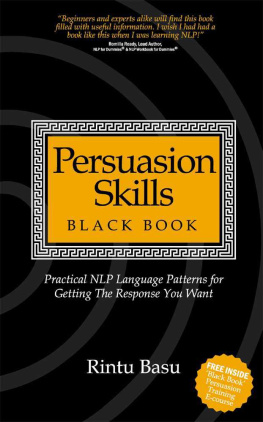
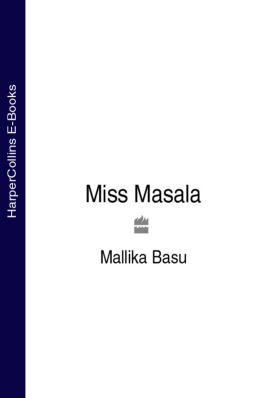

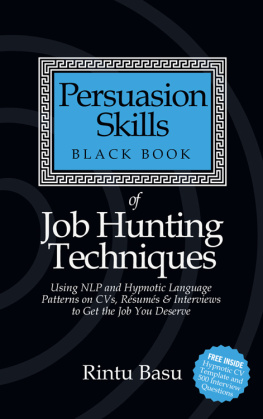

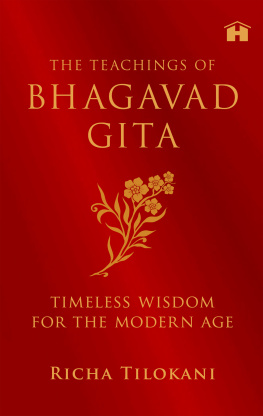

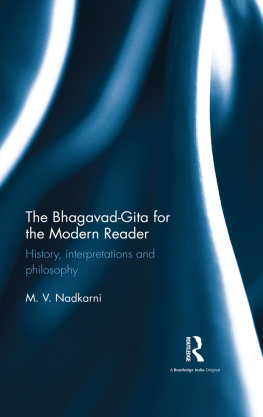
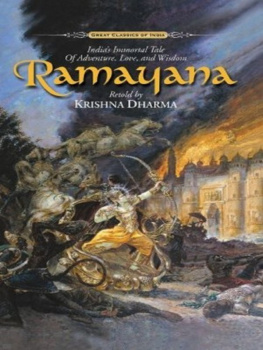

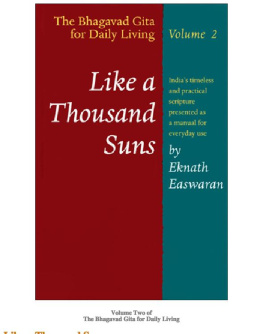
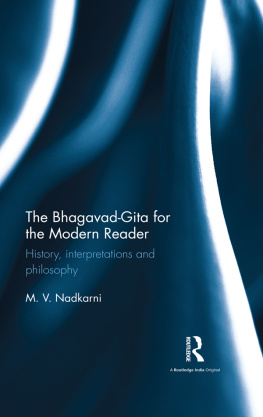
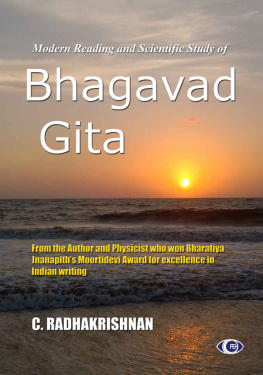


 To my parents,
To my parents,